NYC's Oldest Surviving Bridge Reopens After Four Decades of Decay
On June 9, New York City's oldest surviving bridge reopened after over 40 years of abandonment.
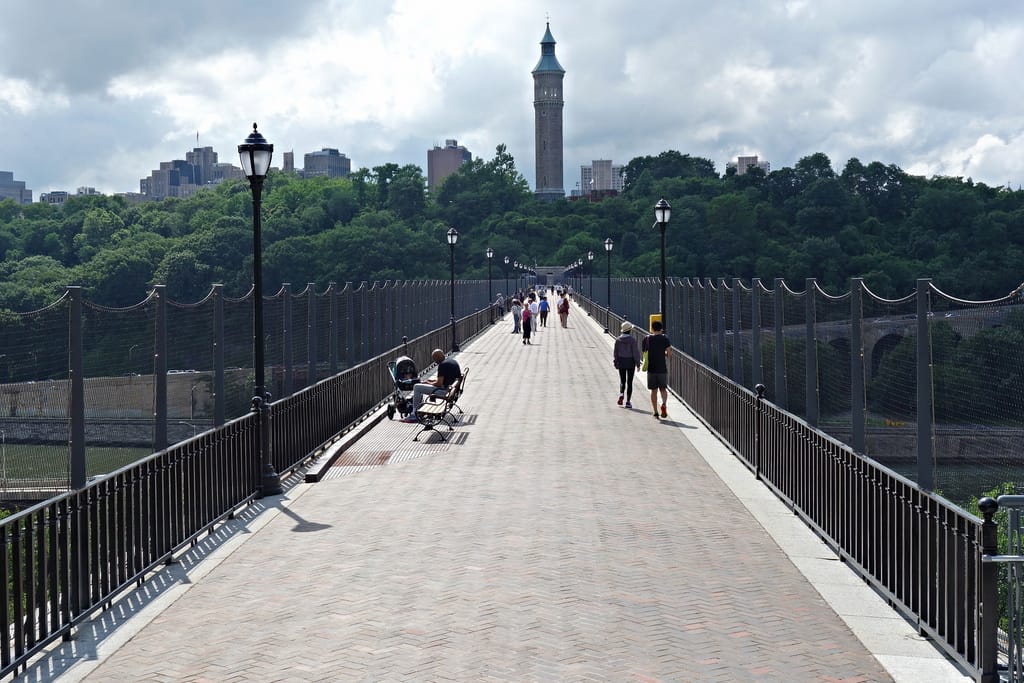
On June 9, New York City’s oldest surviving bridge reopened after over 40 years of abandonment. Closed in the 1970s after a lack of maintenance made it hazardous, this engineering marvel, completed in 1848 as an essential aqueduct for the developing city, fell further into disrepair. Now, Washington Heights in Manhattan and Highbridge in the Bronx are connected once again by High Bridge, a 1,450-foot span for pedestrians and cyclists that towers 123 feet above the Harlem River. Its restoration may be a good omen of more improvements to come for this oft-forgotten waterfront.
Much of the original brick, stone, and metal work was included in the $61.8 million restoration project, and pedestrians can again take in vistas that include the Midtown skyline and the 1872 High Bridge Water Tower, which spikes up at the bridge’s Manhattan end. It’s a very different place from the fashionable walkway of the turn of the 20th century, when New Yorkers would sport their best clothes for strutting on this structure modeled after the ancient Roman aqueducts. Below the brick pathway, the pipes are still there. They once transported water as part of New York’s forward-thinking infrastructure, which harnessed gravity to bring fresh water from upstate all the way to the now-demolished 20-million-gallon Croton Distributing Reservoir, long since replaced by Bryant Park.

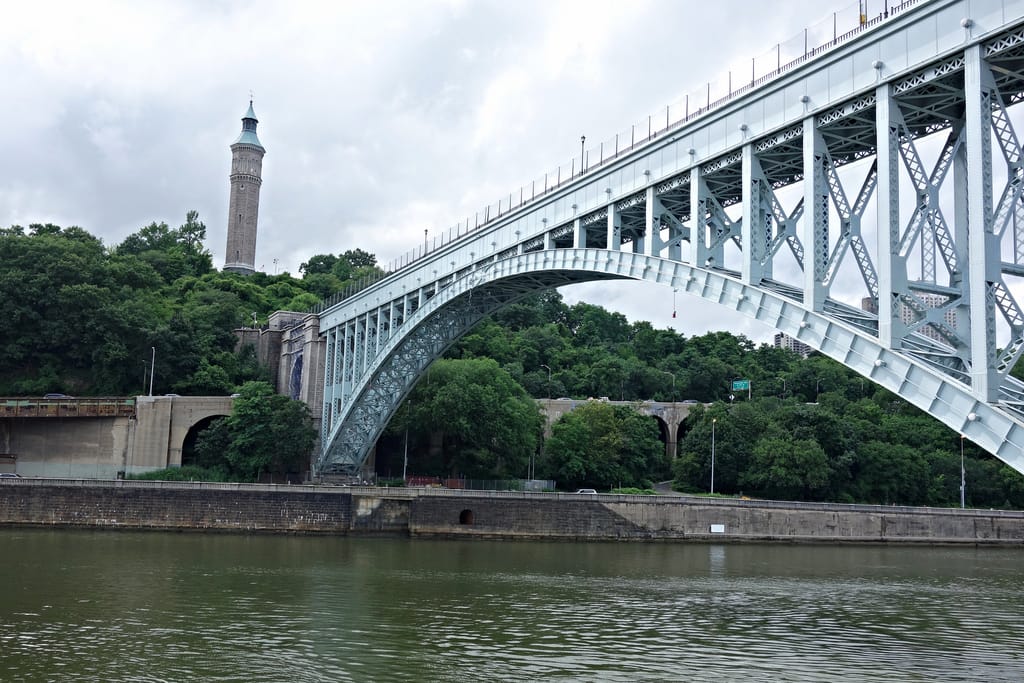
Highbridge Park on either side of the bridge remains much overgrown, especially in the Bronx. As Nathan Kensinger thoroughly documented for Curbed, the land controlled by the New York City Department of Parks and Recreation, which also now operates High Bridge, has long experienced neglect, and while the Manhattan side has a huge swimming pool (in the place of a former reservoir), a skate park, ball fields, and other amenities, the Bronx side is sparse with a few chess tables and benches. The stone staircase which once connected to the waterfront is crumbling with broken lampposts, dumped trash, and old furniture. Down on the waterfront, craggy rocks and discarded tires line the shore beneath the bridge’s soaring steel arch. Several of High Bridge’s original stone passageways were replaced in 1928 to better accommodate river traffic.

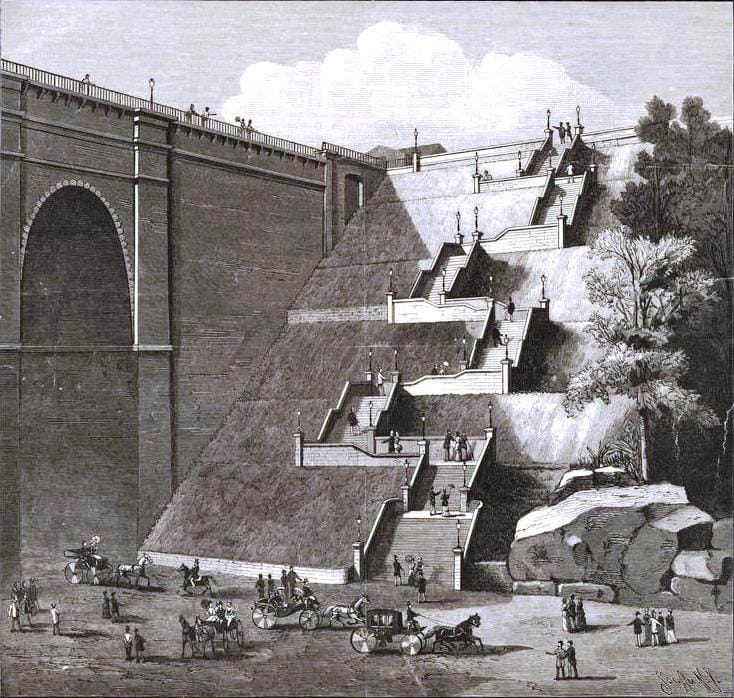
According to DNAinfo, the Parks Department acquired a mile stretch of waterfront land from High Bridge to Washington Bridge, potentially expanding riverfront revitalization to create a more thorough and connected greenway. How this development will impact two neighborhoods where the average income, according to the Wall Street Journal, is around $30,000, remains to be seen.
Access to the bridge is closed after 8pm, which limits in a way its accessibility. While Metro-North trains rumble below the stone arches along with weaving traffic, above is now the only car-free interborough bridge in the city. For a place that was long known more for its deterioration than its history, High Bridge now rightfully reflects the 19th-century innovation that made New York the city it is today.

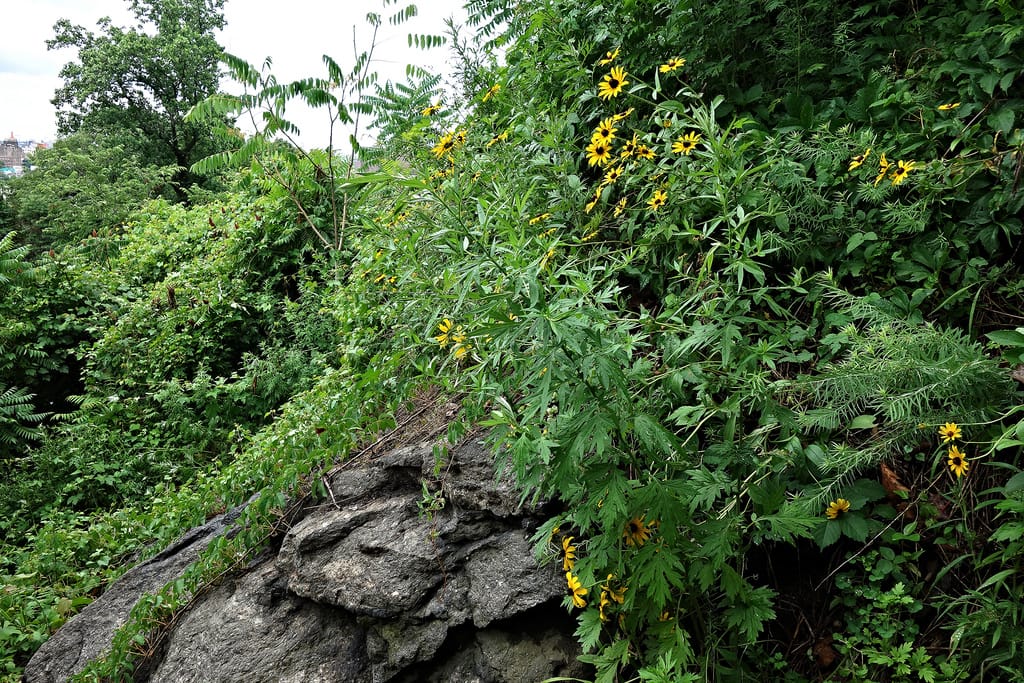
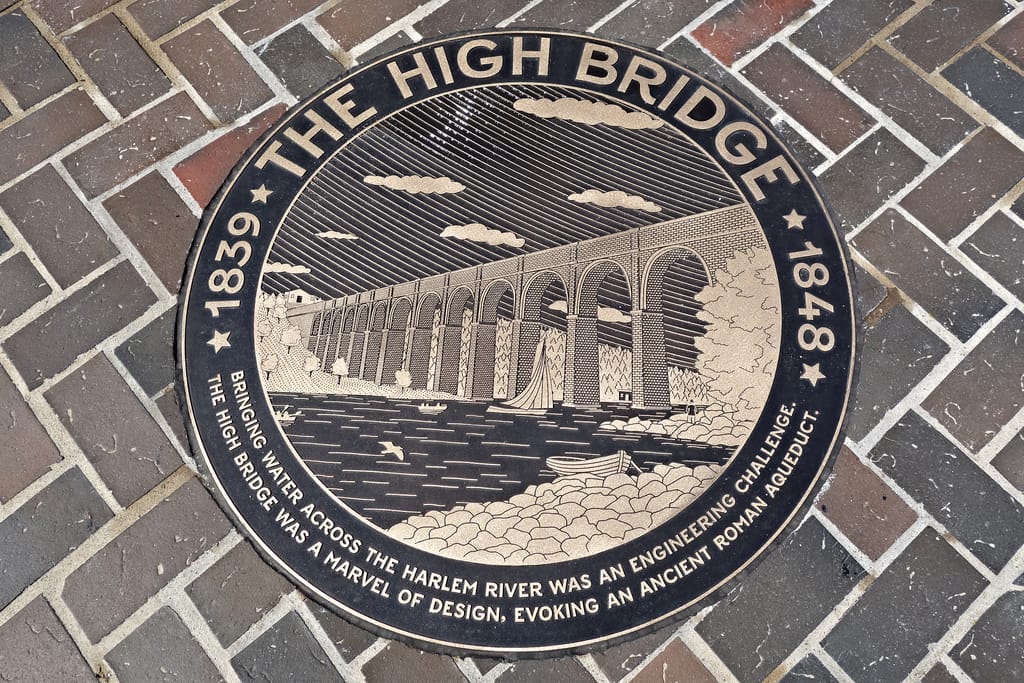

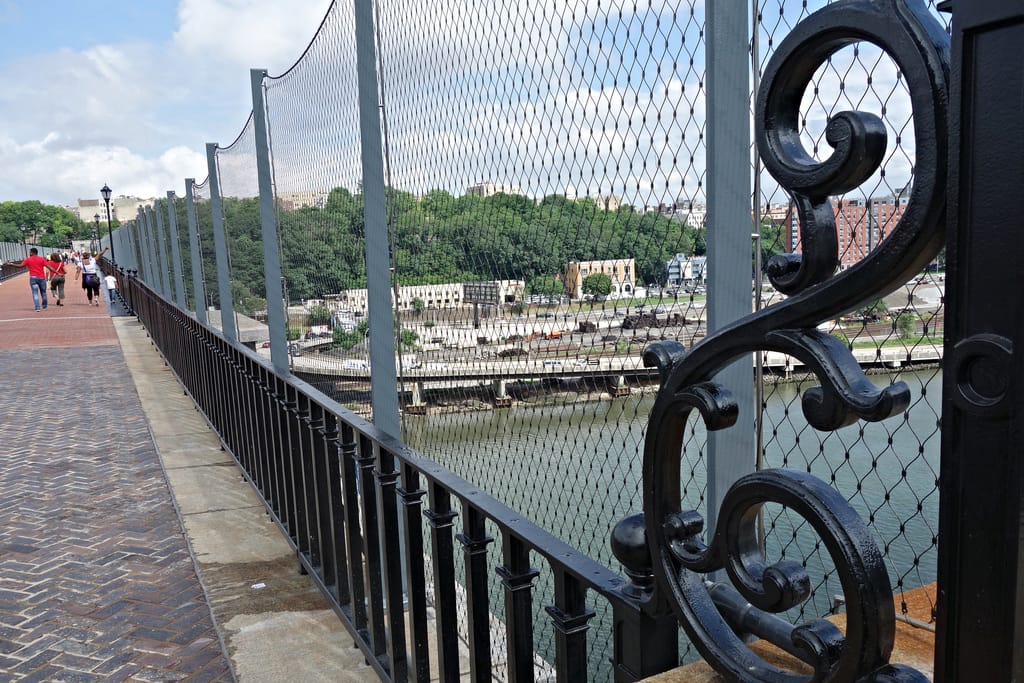

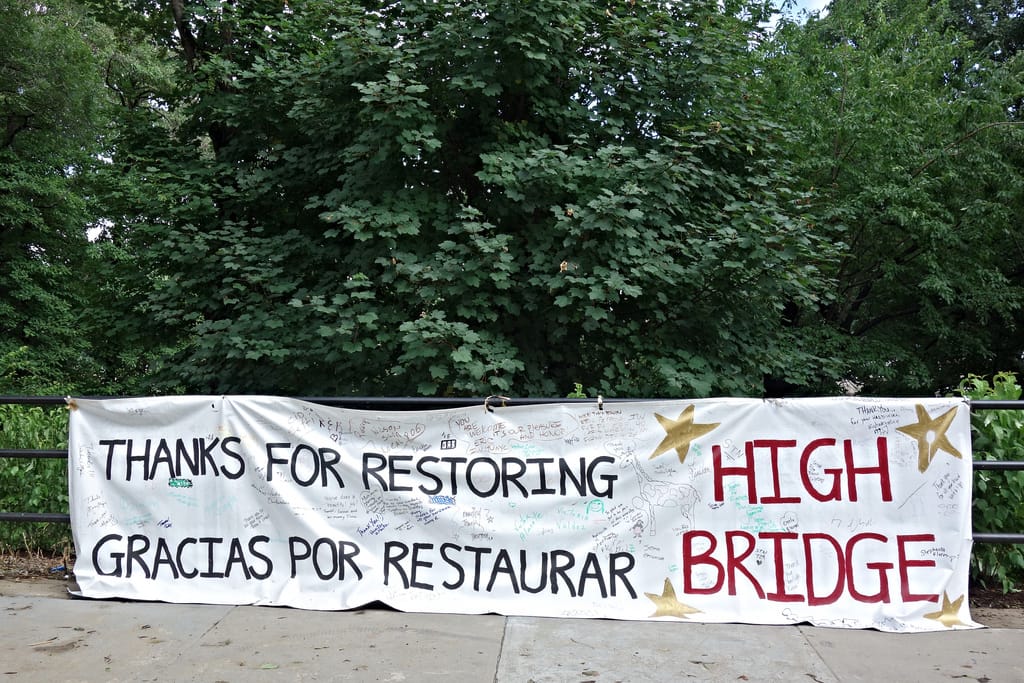


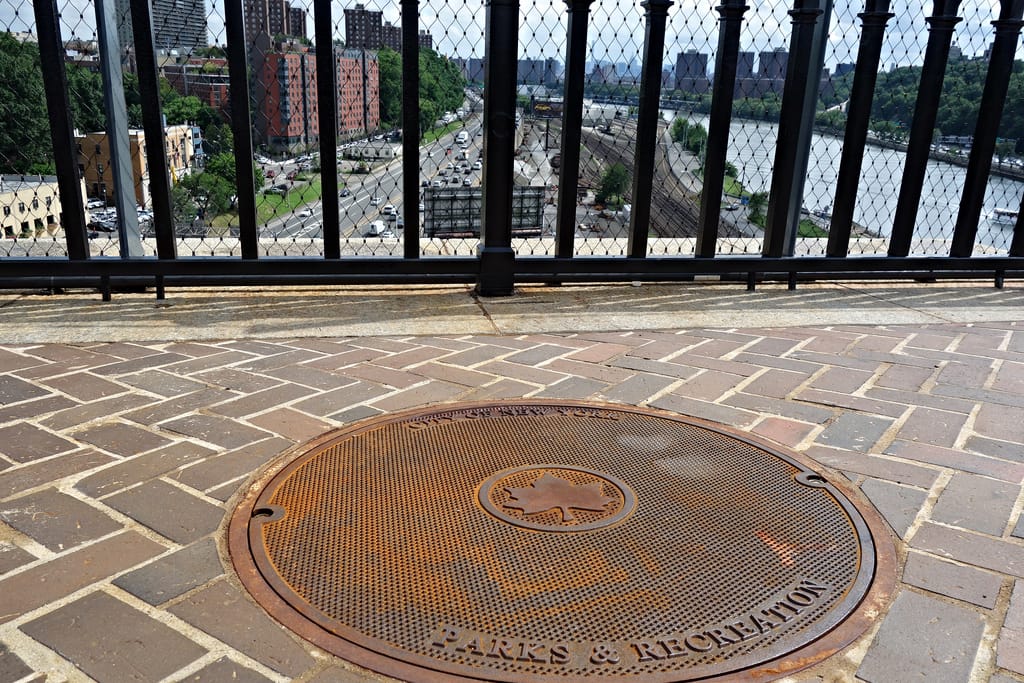
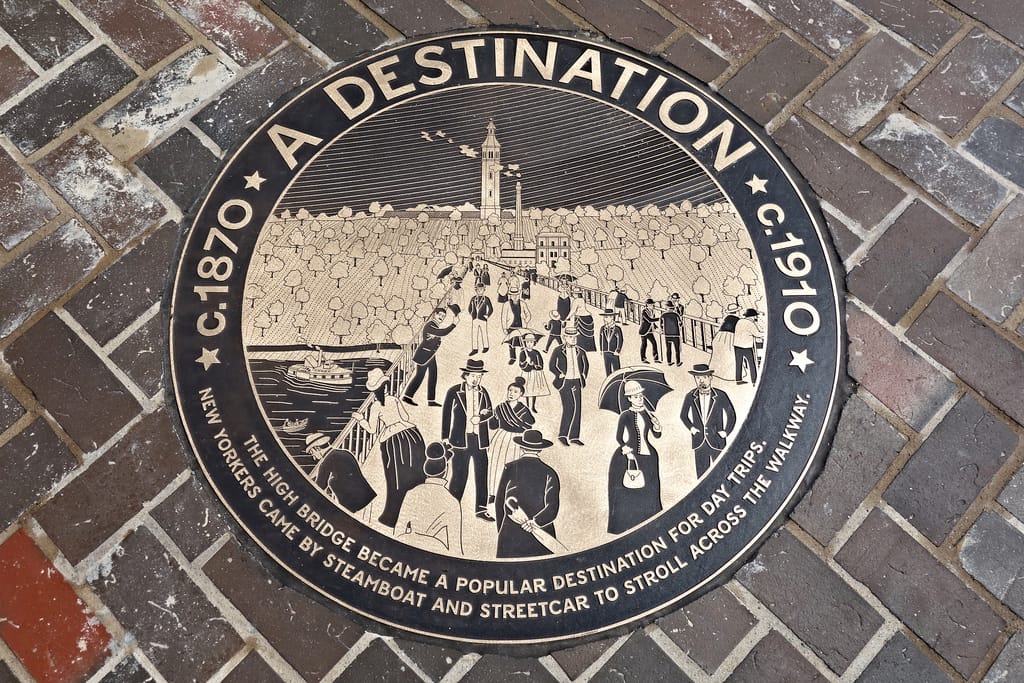
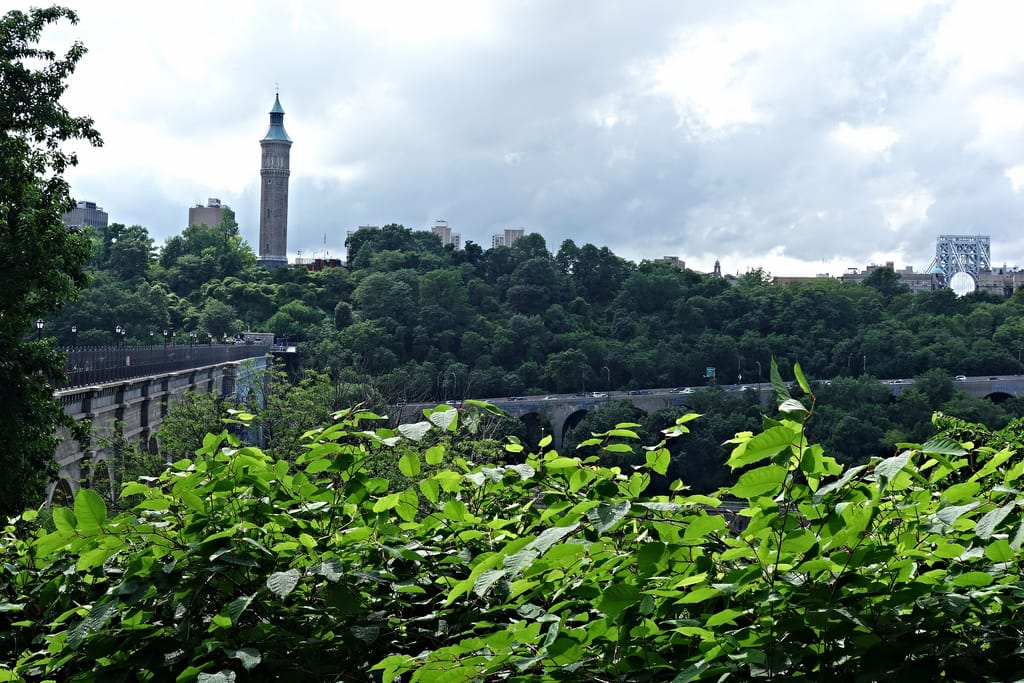
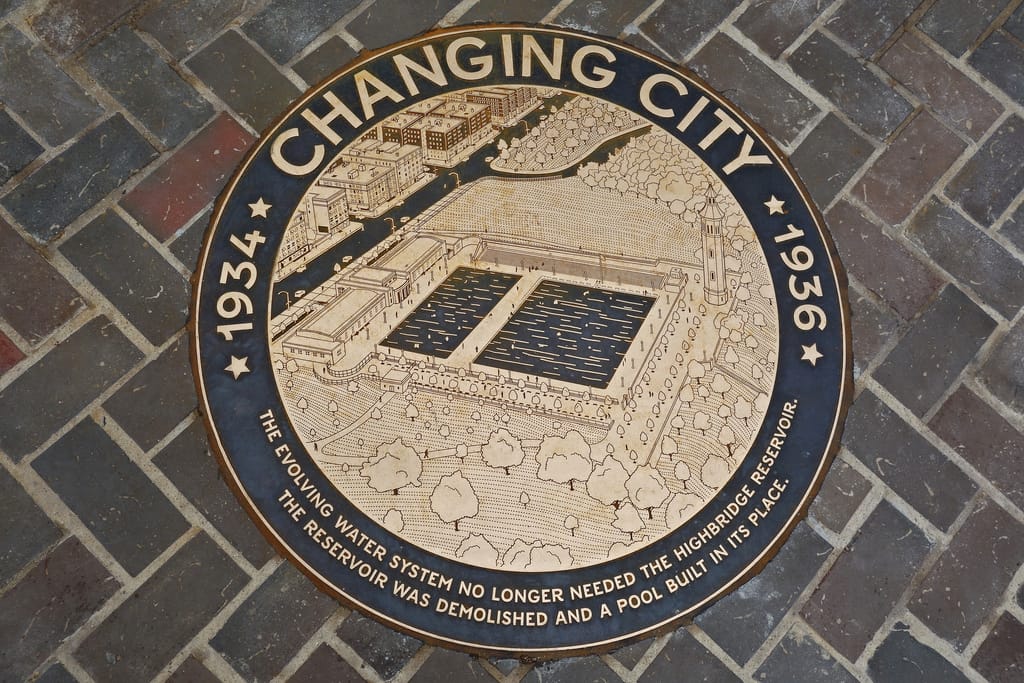


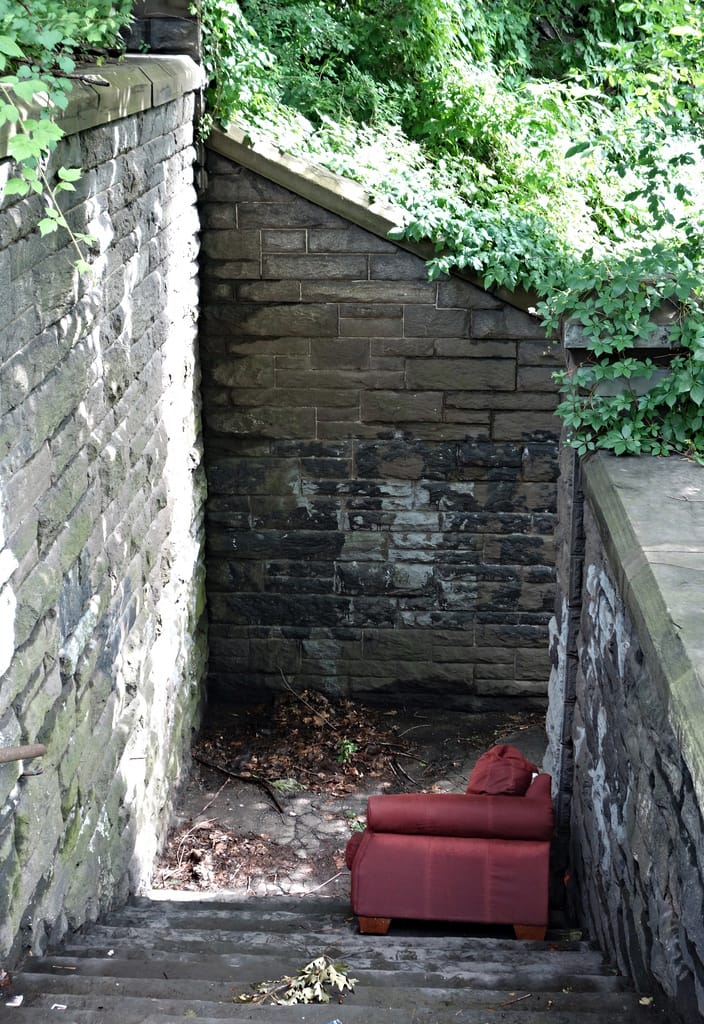

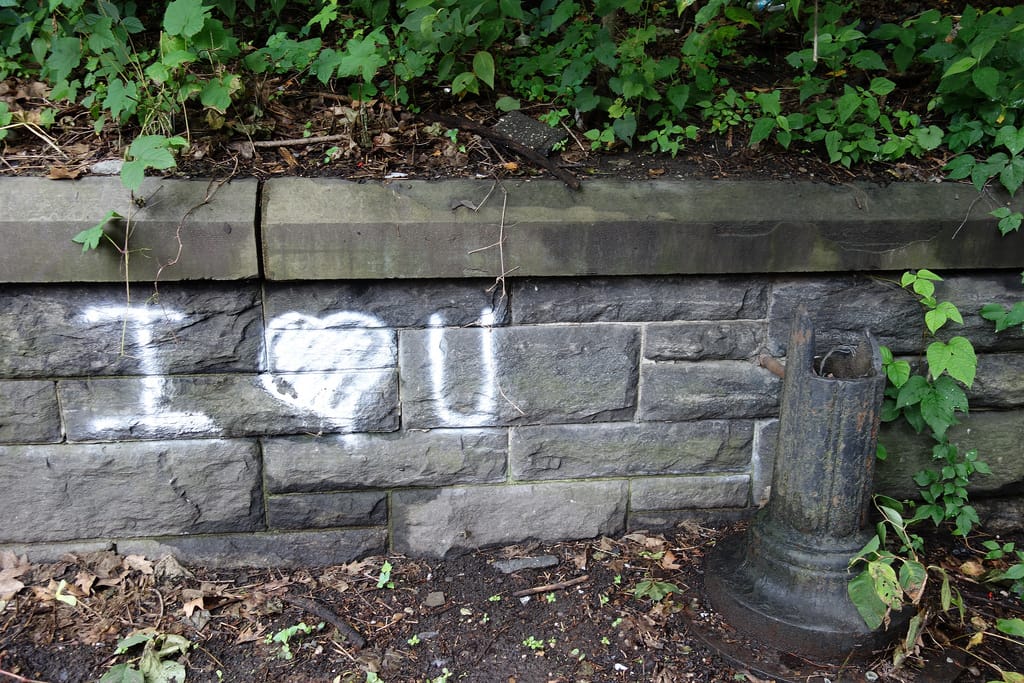
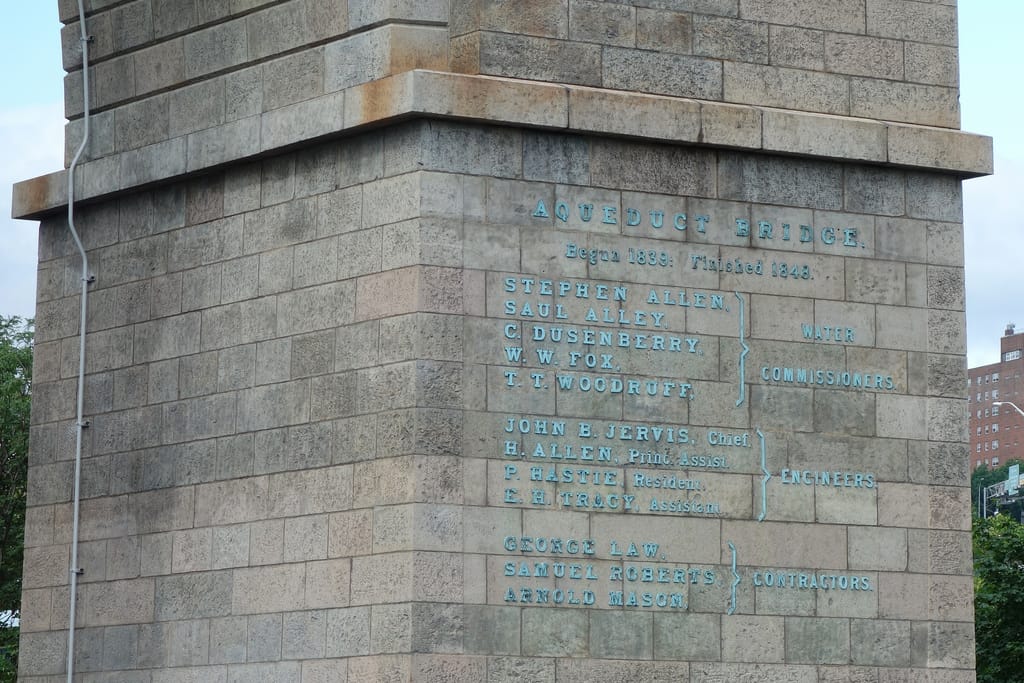
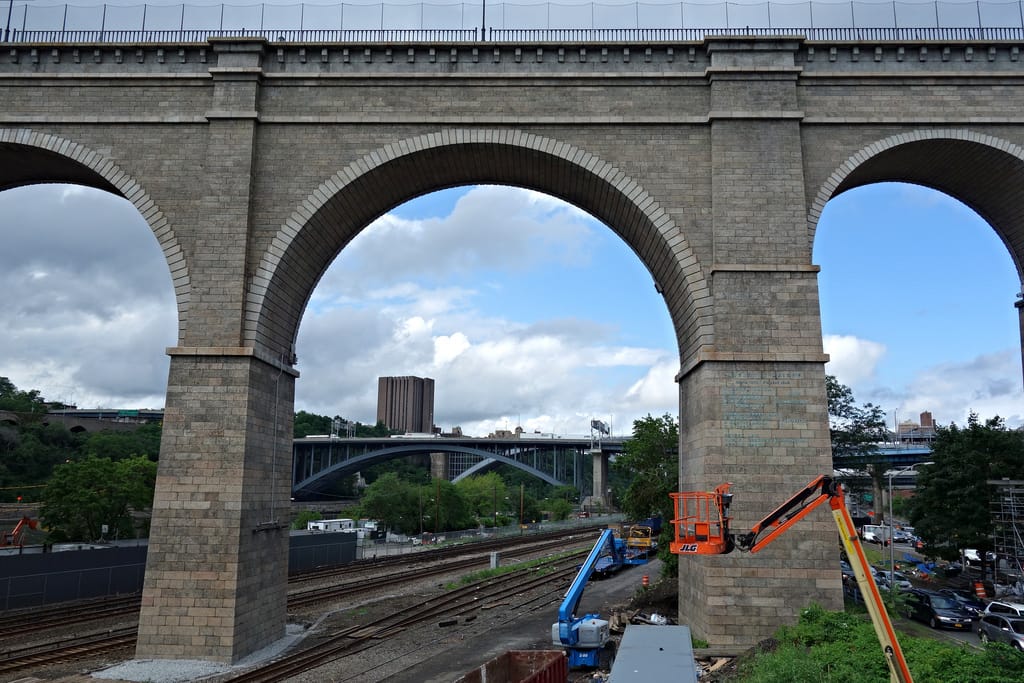
High Bridge is accessible from Highbridge Park in Manhattan (172nd Street and Amsterdam Avenue, Washington Heights) and the Bronx (University Avenue and 170th Street, Highbridge). On July 25 the New York City Department of Parks and Recreation will hosts a festival to commemorate the bridge’s reopening.





